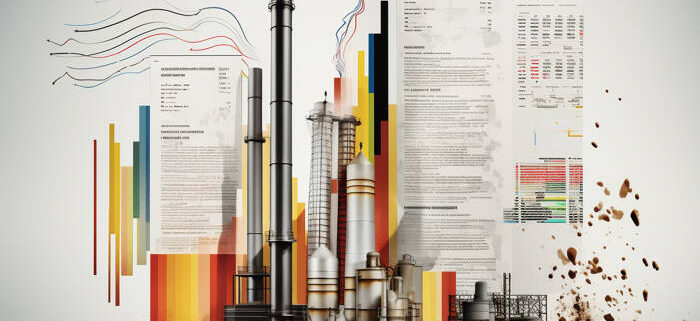U.S. Producer Costs Drop zero.four% in March as Power and Meals Prices Slide, Easing Inflation Strain…
Service Margins Soften Additional
Last demand providers slipped zero.2%, the most important decline since July 2024. Weaker margins in commerce providers, which fell zero.7%, have been the first drag. Transportation and warehousing providers additionally eased zero.6%. Nevertheless, core providers—excluding commerce and transportation—rose barely by zero.1%, supported by features in authorized and freight providers. The index for last demand excluding meals, power, and commerce providers nonetheless rose zero.1% on the month and three.four% over the previous 12 months, indicating persistent stickiness in non-commodity inflation.
At earlier manufacturing levels, intermediate demand items and providers additionally confirmed weak spot. Unprocessed items costs plunged four.1%, led by a 7.5% drop in foodstuffs and a three.three% slide in power inputs. Processed items have been flat total, with features in metals offsetting gasoline declines. Service costs for intermediate demand ticked down zero.1%, pulled decrease by mortgage providers and retail property rents.
Demand Weak point Broadens Throughout Manufacturing Stream
All 4 levels of intermediate demand posted declines, with stage three demand down 1.zero%—the sharpest drop since Could 2023. Items inputs to this stage fell 2.2%, reflecting broader easing in uncooked materials prices. Stage 2 and stage 1 indexes additionally contracted, reinforcing indicators of decelerating pipeline pressures.
Market Forecast: Bearish Close to-Time period Strain on Inflation Expectations
March’s PPI information factors to easing enter prices, particularly in power and meals, with modest underlying inflation in core providers. The broad-based pullback in producer costs will probably feed into softer client worth expectations and cut back strain on the Fed to tighten additional. Within the quick time period, merchants ought to anticipate a bearish tilt on inflation-linked belongings and potential help for rate-sensitive devices.




Leave a Reply
Want to join the discussion?Feel free to contribute!